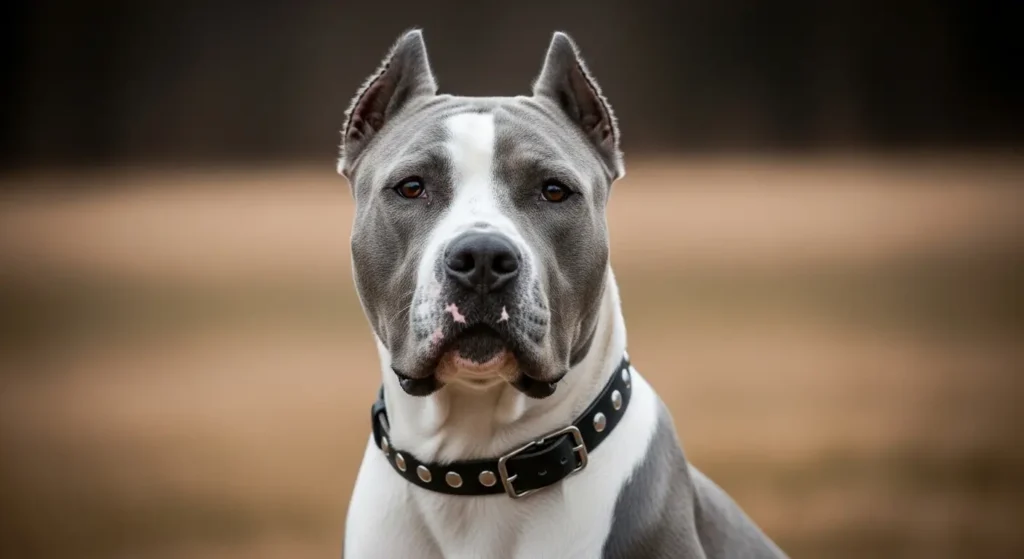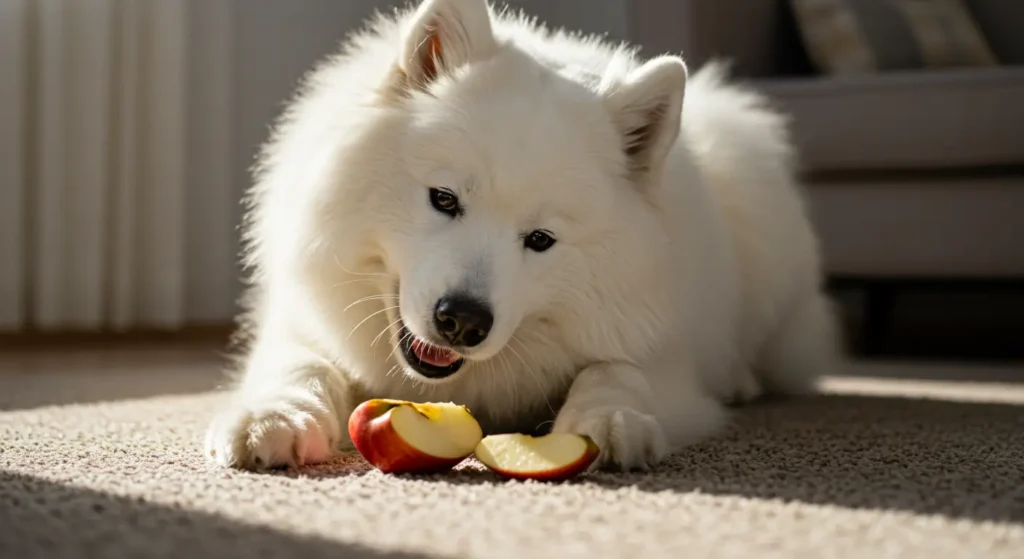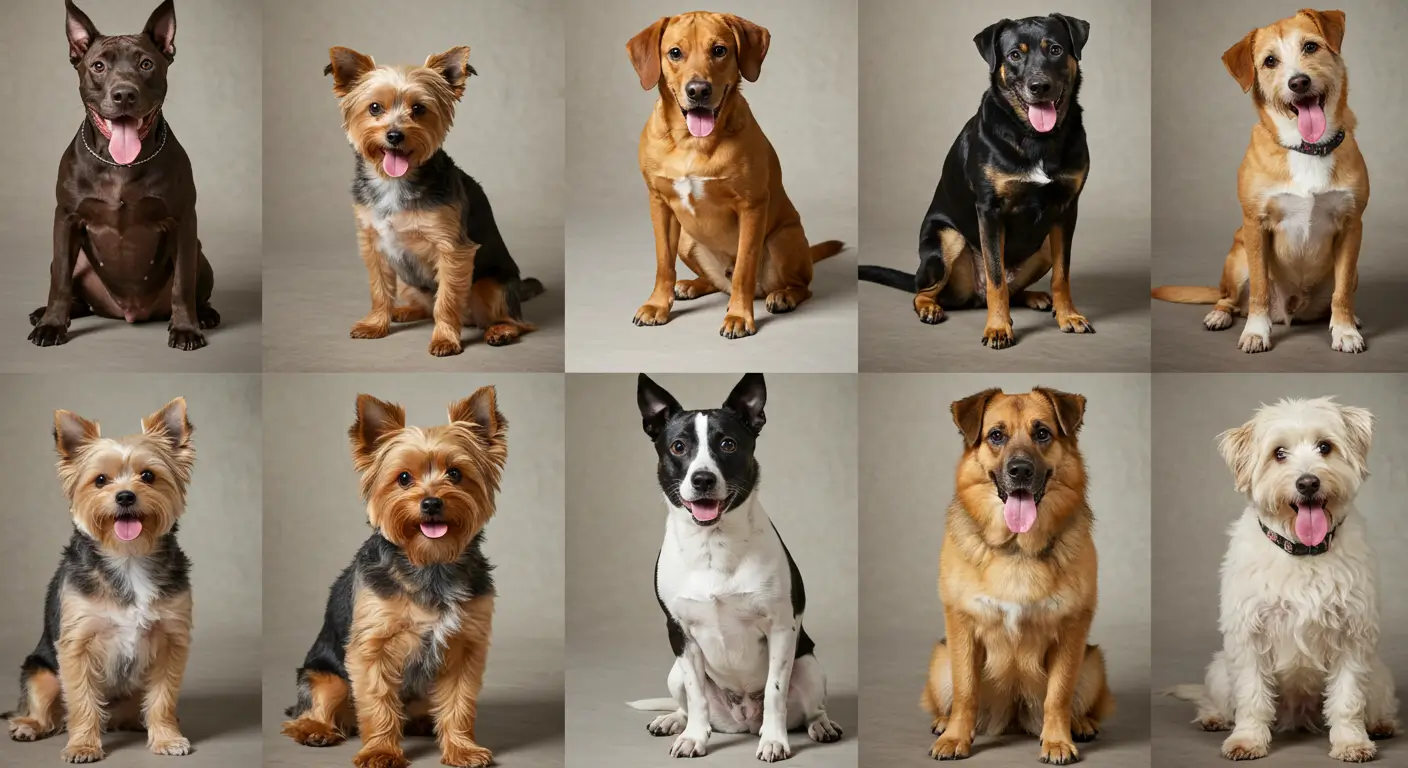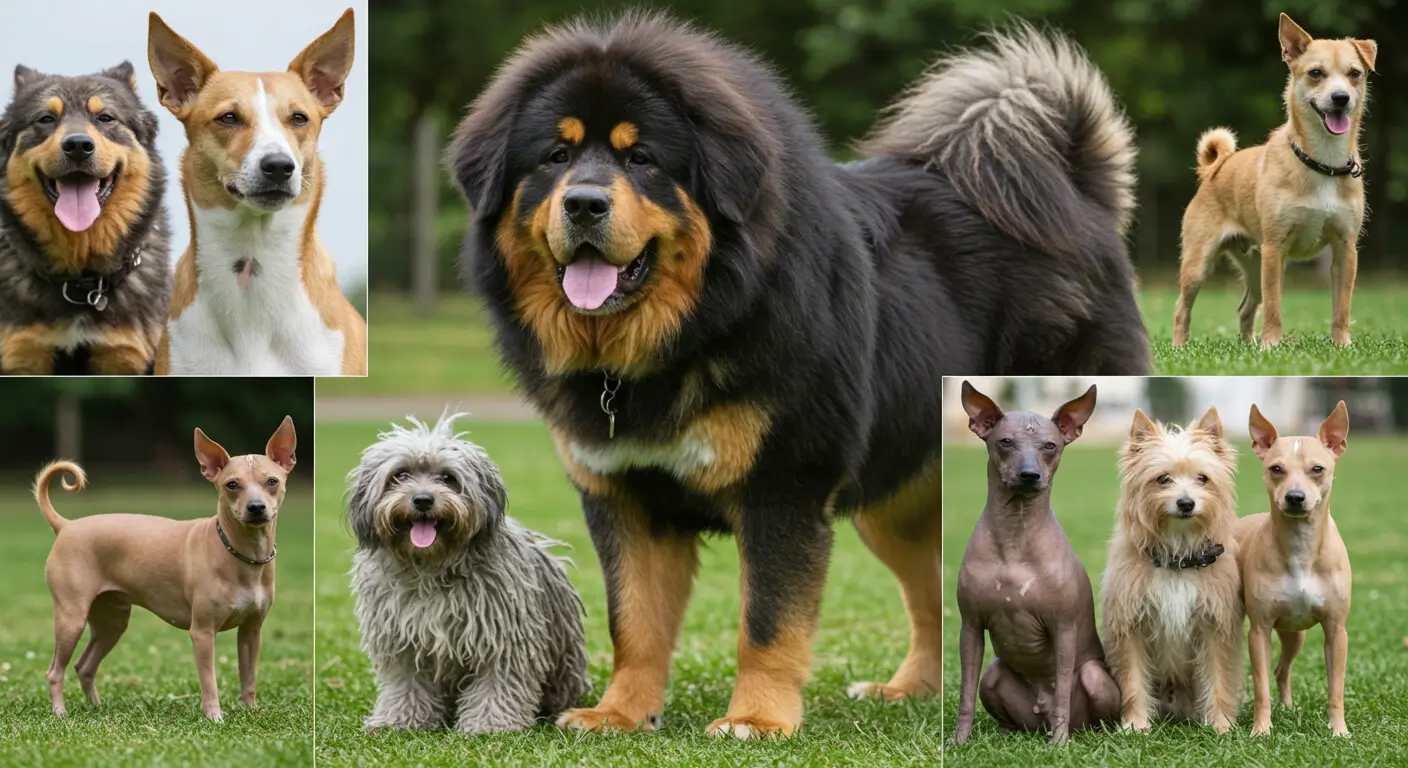Blue Heeler: 5 Essential Tips for Training Your Dog
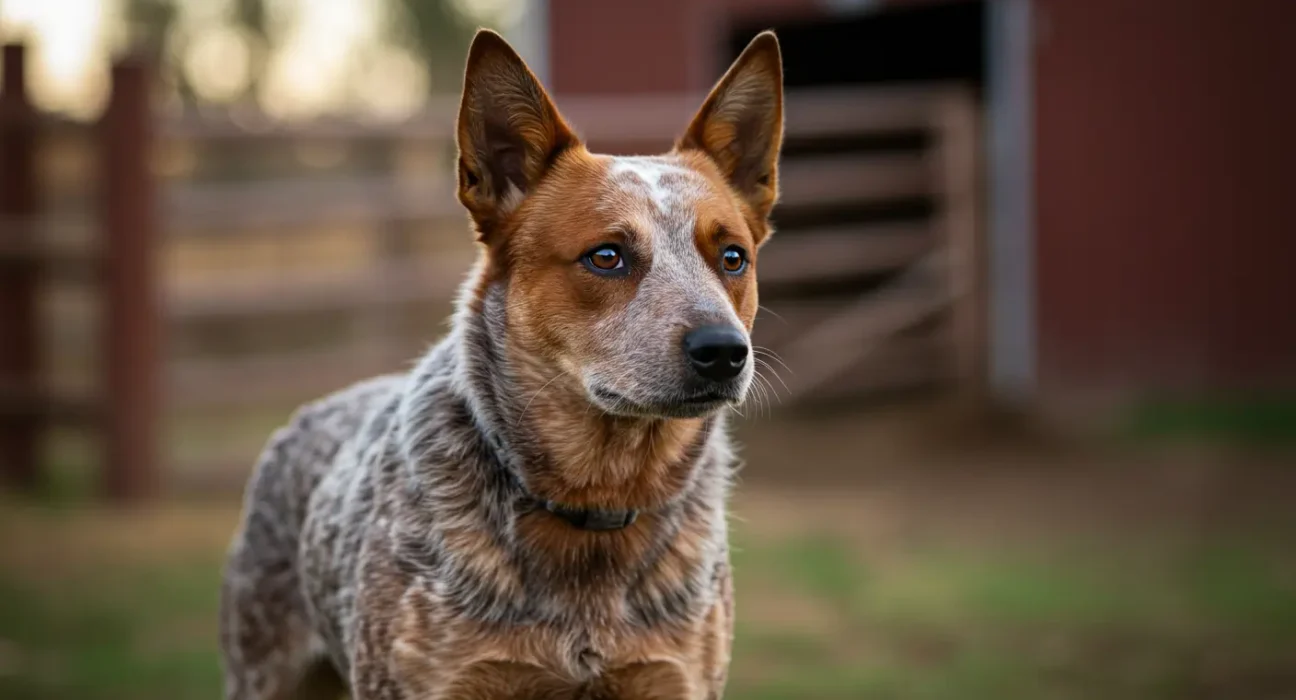
Introduction
If you’re considering getting a dog or already have one, you might have heard about Blue Heelers. These energetic and intelligent dogs are known for their distinctive looks and strong herding instincts. Proper training for Blue Heelers is crucial, as they can be quite lively and need a clear structure to thrive. In this post, we’ll go over five essential tips to help you train your Blue Heeler successfully.
Understanding the Blue Heeler Breed
Characteristics of Blue Heelers
Blue Heelers, or Australian Cattle Dogs, have a lot going for them! They are medium-sized dogs that typically weigh between 30 to 50 pounds. Their short, smooth coat can come in a blue or red speckled pattern, making them quite eye-catching.
- Temperament and Energy Levels: Blue Heelers are naturally curious and energetic. They are known for their loyalty and determination. If you’re looking for an active companion, this breed is for you!
- Size and Appearance: Blue Heelers have a strong, muscular build. With their erect ears and keen expression, they are both agile and alert.
Common Behaviors
One of the most interesting traits of Blue Heelers is their herding instinct. You may find your Blue Heeler trying to herd your kids, other pets, or even you! This instinct can be charming, but it also means they need plenty of mental and physical stimulation to be happy and well-behaved.
Tip 1: Start Training Early
Importance of Early Socialization
The earlier you start training your Blue Heeler, the better! Early socialization helps them become well-rounded and adaptable. Introducing your puppy to various people, places, and other animals can set them up for success in life.
Benefits of early socialization:
- Reduces fearfulness
- Promotes confidence
- Teaches appropriate behavior around others
Recommended Age for Starting Training
Begin training your Blue Heeler as soon as you bring them home—ideally at around 8 weeks old. This is the perfect time to start basic obedience training and socialization. Puppy kindergarten classes can also be a great way to learn the ropes!
Tip 2: Use Positive Reinforcement
Definition of Positive Reinforcement
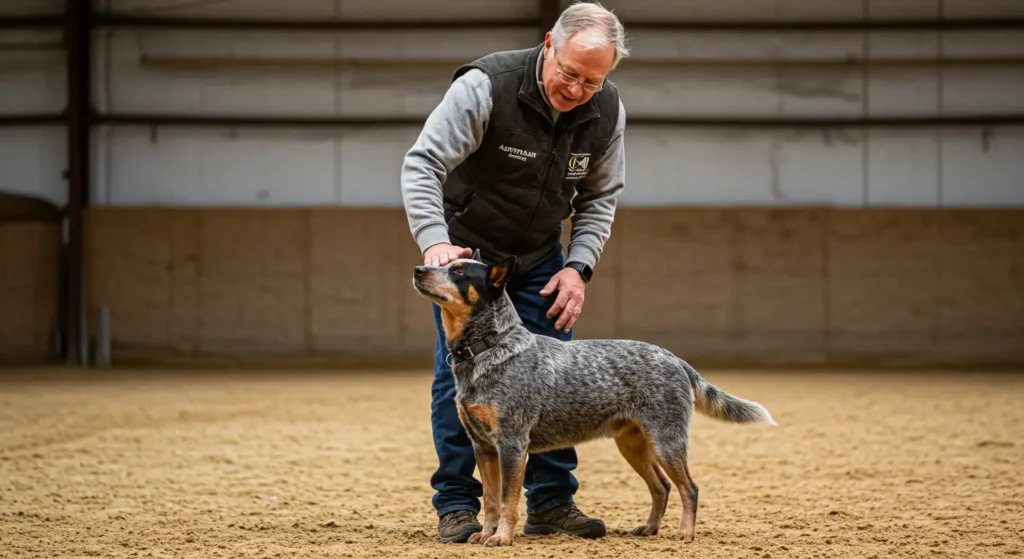
Positive reinforcement is a training method that rewards your Blue Heeler for good behavior. It’s simple and effective: when your dog does something right, you reward them! This keeps them motivated and eager to learn.
Effective Rewards for Blue Heelers
Knowing what motivates your Blue Heeler is key. Here are some great ways to reward them:
- Treats: Use small, tasty treats like bits of chicken or specially formulated dog biscuits.
- Praise: Your enthusiastic voice and gentle petting can be a huge reward.
- Playtime: A fun game with their favorite toy can be very rewarding too!
Tip 3: Be Consistent with Commands
Establishing a Training Routine
Consistency is vital when training your Blue Heeler. Use the same commands and tone each time to avoid confusing your furry friend. Set aside time each day for short training sessions to reinforce what they’ve learned.
Key points for establishing routine:
- Keep training sessions short (5 to 10 minutes) to maintain their interest.
- Schedule training at the same times daily to build a habit.
Common Commands to Teach
Here are some essential commands for your Blue Heeler to master:
These commands are not only practical but can also help keep your Blue Heeler safe and well-behaved.
Tip 4: Incorporate Mental Stimulation
Activities to Challenge Your Blue Heeler
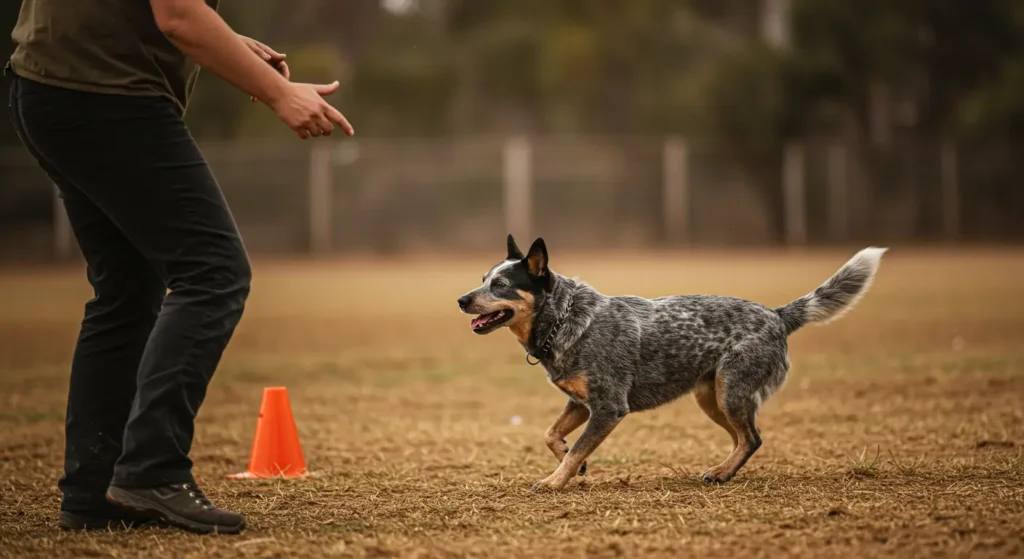
Mental stimulation is crucial for Blue Heelers, who thrive on challenges. Incorporating fun activities can keep their minds sharp. Here are some ideas:
- Obstacle courses: Set up a simple course in your backyard and guide them through it using commands.
- Hidden treats: Hide small treats around your home and let your dog sniff them out.
Tools for Mental Enrichment
Many toys and games can provide mental stimulation:
- Puzzle toys: These can challenge your Blue Heeler to problem-solve to get treats out.
- Interactive games: Toys that squeak, move, or talk can keep your dog engaged during playtime.
Tip 5: Know When to Seek Professional Help
Signs Your Blue Heeler Might Need Professional Training
If you’re struggling with training, don’t hesitate to seek help. Here are some signs that it might be time to consult a professional trainer:
- Persistent behavioral issues, such as excessive barking or aggression
- Difficulty with basic commands
- Overwhelmed by the training process
How to Choose the Right Trainer
When looking for a trainer, consider these tips:
- Look for trainers who specialize in Blue Heelers or herding breeds.
- Check their qualifications and ask for references from other pet owners.
- Attend a trial class to see if their training style fits your dog’s needs.
Conclusion
Training your Blue Heeler can be a rewarding experience when you follow these five essential tips. Start early, use positive reinforcement, stay consistent, incorporate mental stimulation, and know when to seek help. Remember, patience and dedication are key to successfully training your dog.
We’d love to hear your training experiences or answer any questions you have in the comments below!
If you’re eager to learn more about training your Blue Heeler or getting tips for other dog breeds, subscribe to our blog! Don’t forget to follow us on social media for additional resources and updates. Happy training!



